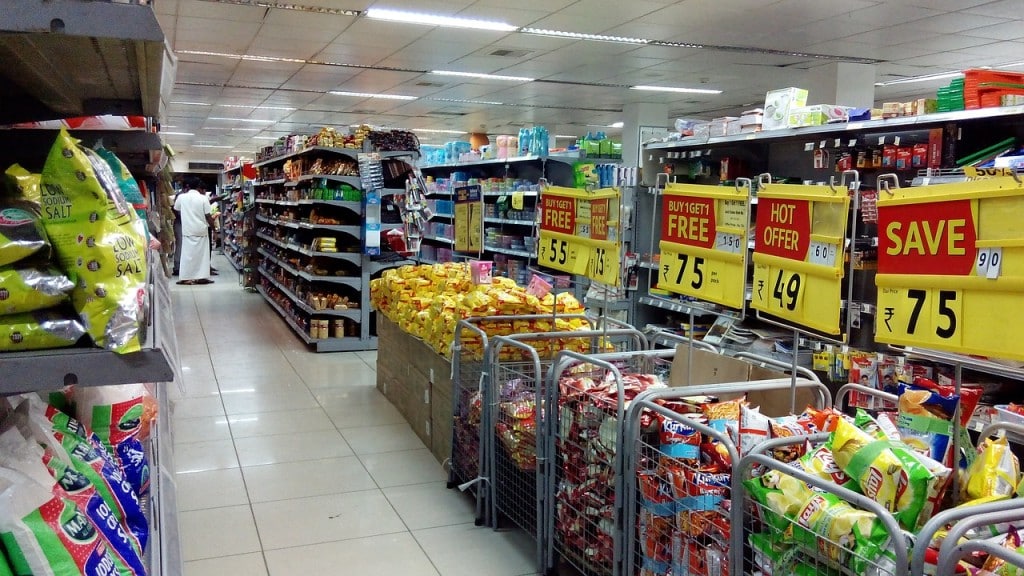
Ah, the flash sale. These short-lived “deal-of-the-day” sales might leave some musing that the “flash” part actually refers to their brief time in the marketing limelight. They flared up bright for several years, saw billions of dollars in investment, and then flickered and faded quickly.
So why write an article about flash sales at all? I promise I’m not wasting your time. Flash sales can absolutely benefit a brand and sales team if used effectively, especially if you have never tried them before.
Flash Selling is Not the Problem
A flash sale is basically a sale that only lasts a day or two—sometimes only a few hours. You still seem them online during Black Friday/Monday, but most flash sale sites have fallen on hard times in recent years. There are many horror stories of sites and retail divisions (mostly in fashion) that boomed and busted in a few short years over flash sales, including Rue La La, Fab.com, Ideeli, and more.[1. “The Trouble with Flash Sales,” http://www.businessoffashion.com/articles/intelligence/trouble-flash-sales]
In the early 2010s flash sale sites grew twice as fast as the rest of online retail, but today companies are pulling out of flash selling left and right. eBay quickly dropped Rue La La after buying GSI Commerce, since the flash division was pulling the company down. The online fashion retailer Gilt Groupe has yet to launch an IPO after promising one for years. Groupon acquired Ideeli for less than half of its venture funding value last year…and so on.
But here’s the important point: these models struggled, not because of flash sales themselves, but because of their business model. First, the market was quickly inundated with flash sale sites and people lost interest in what they saw as high-maintenance shopping with too many options. Second, flash sale sites had serious inventory issues, with most inventory being sold before it was even bought from suppliers, a model that can quickly turn into a trainwreck when mismanaged.
Briefly on this supply issue: With a naturally immense backload of orders – which often require deliveries from multiple suppliers – penalties often apply if suppliers don’t meet orders by a certain date. Sellers expect a certain number of products to be shipped late, which means they divide customers into subsets of “They will get their products on time,” “They will get their products late,” and “Hopefully they’ll get their products,” all to minimize both costs and penalties. You may recognize this as mathematically tolerable but absolutely horrible for supply chain management, price control, and customer service…even when everything goes right. A model based entirely on flash sales rarely ends well.
Tips on Strong Flash Sales
Despite the struggles, flash selling can be a lucrative part of your marketing campaign. If you want a piece of this pie, you have to incorporate flash sales into your company.
Examples of successful flash selling often are found in companies that don’t specialize in it at all. Taco Bell, for example, is known for flash deals that give fans a free product in the evening if their local sports team wins. It’s an easy model that taps into local passions while getting bodies into the restaurant where additional sales can take place. Even if you can’t give away products for free, start thinking about ways to use flash sales in your company.
The good news is that it doesn’t have to be just online. Flash sales can be effective in a highly organized sales team that knows how to represent the product in a powerful manner both in person and online. Flash sales in person can create a handy time-sensitive pressure point to push customers to a buying decision right here and now. Online flash sales can make a great addition to your usual marketing, as long as you create the right web design to support it. Here are a few further tips on using them properly.
- Flash sales need to be astounding to work properly. No one is very excited about a flash deal that promises 10% off a product if you buy it today. That’s just a normal discount. But offer two products for the price of one? That will garner more interest. Take a look at flash sales online and you’ll see very high mark-downs and extravagant deals—you’ll want to imitate this.
- Get rid of inventory. Flash sales are a proven way to move inventory fast when you want to clear shelves, switch seasons, and so on. REI’s immensely successful garage sale weekends are a great example of how this works. In my neighborhood, people line up on the street for hours to attend these inventory clearance sales. Place them right before new inventory comes in to clear shelf space and decrease supply management costs.
- Use mobile flash sales. Onsite and mobile flash sales like the ones created by mall developer Starwood help bring flash sales right to the buyer, electronically.[2. “Mall Developer Starwood Offers Time Sensitive Mobile Deals to Build Traffic,” http://www.mobilecommercedaily.com/mall-developer-starwood-offers-mobile-app-to-drive-traffic.]
Mobile flash coupons and discounts are a great way to attract younger consumers while keeping your attention focused on products. - Direct pitches work well in sales communication. Sales reps should be educated in the right ways to mention flash deals—“I can offer you 30% off, but only if you sign up right now during our Halloween weekend special.” Remember to always provide a good reason for a customer purchase beyond the deal itself: without it, this sort of sales talk comes off as a ploy rather than a helpful attitude.
YESCALATE®’s Role in Flash Sales
Are you ready to convince clients that your product price is completely unbelievable and that they need to take advantage of the deal today? Your window for convincing a customer can be small: YESCALATE®’s brain science and sales lessons will help you give your flash sales real momentum.
Flash sales depend on hastening purchase decisions by controlling customer perceptions of the deal. YESCALATE® and its GET TO YES FASTER® plan are made for this type of positive sales influence and data-gathering techniques. Before launching a flash sale program, learn how the customer really thinks, and what to do about it.



